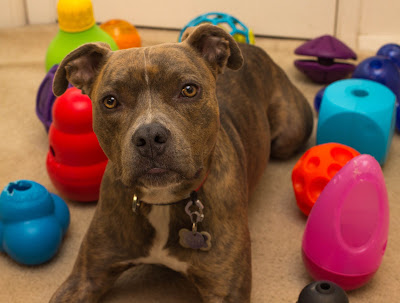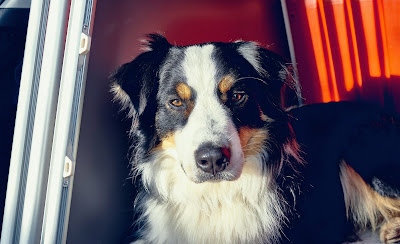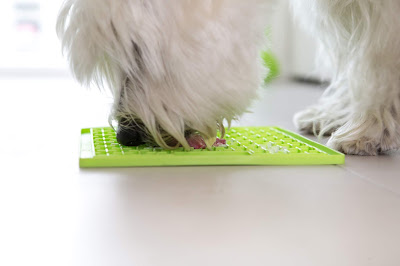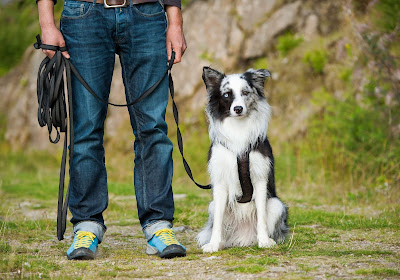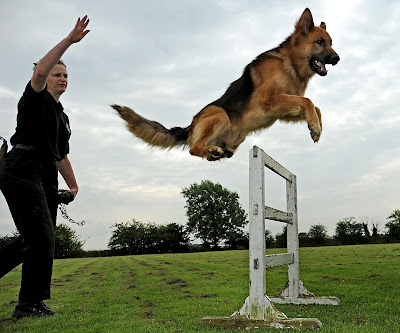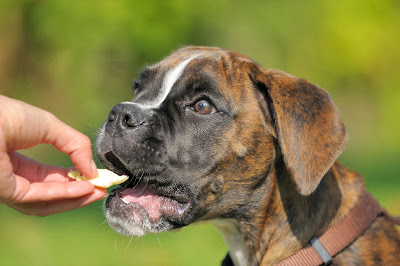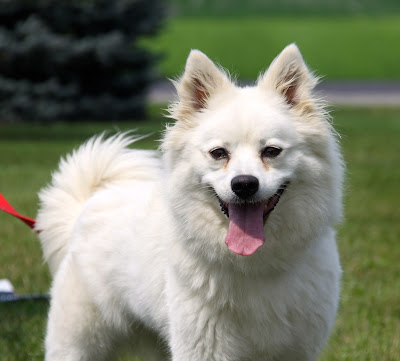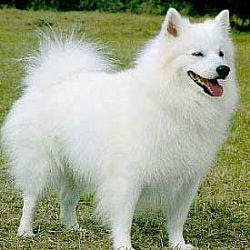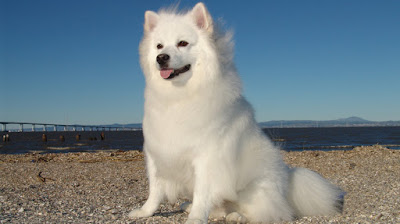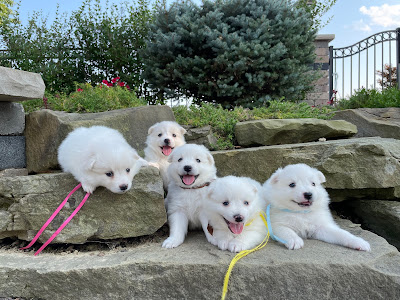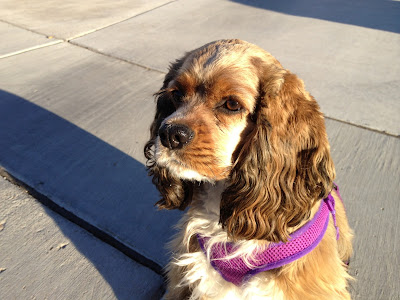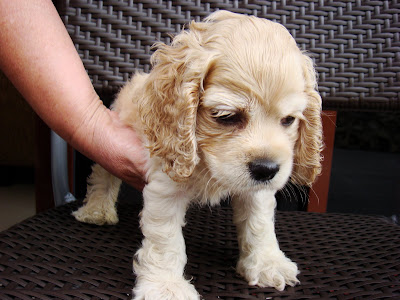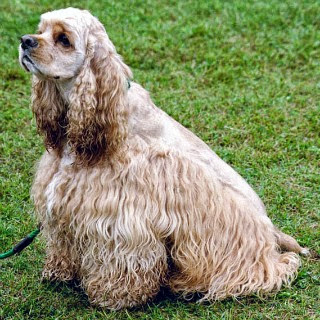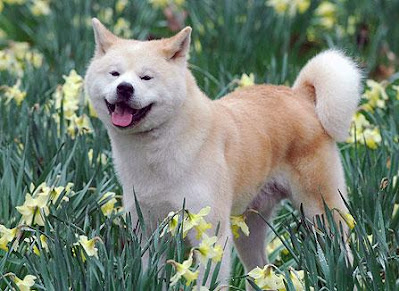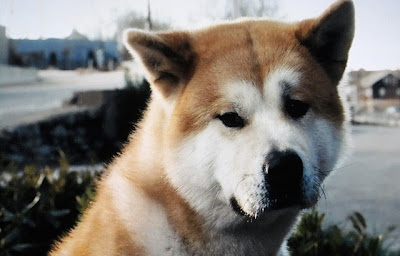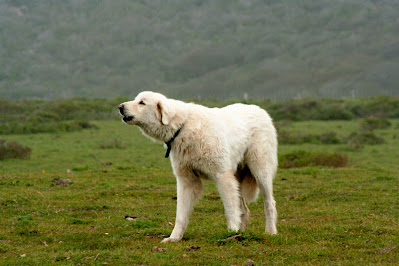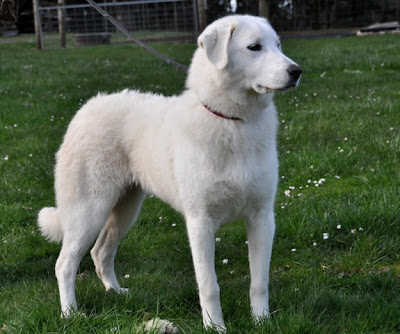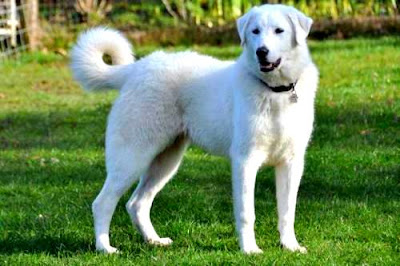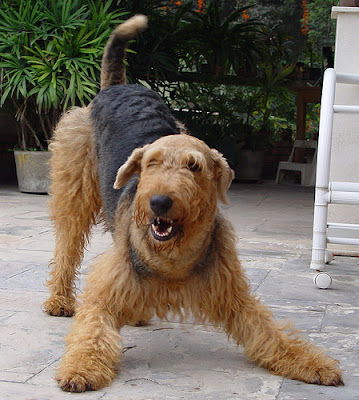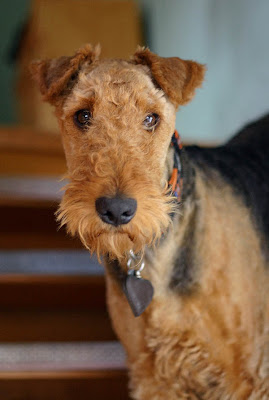Free Dog Training Apps - In recent years, the world of dog training has become increasingly accessible to pet owners thanks to the rise of digital technology. Nowadays, there are a plethora of free dog training apps available on the market, offering everything from basic obedience exercises to behavior modification programs. In this article, we will explore the benefits and drawbacks of using free dog training apps and recommend some of the best options available.
One of the biggest advantages of using free dog training apps is their convenience and accessibility. With just a few clicks on your smartphone or tablet, you can access a wealth of information and resources on how to train your dog. You can practice exercises and drills with your dog at home, at the park, or even on vacation. This flexibility can be particularly helpful for busy pet owners who may not have the time or resources to attend in-person training classes.
Another benefit of free dog training apps is their cost-effectiveness. While traditional dog training classes can be expensive, many of these apps offer a range of free features and content, such as video tutorials, step-by-step instructions, and personalized training plans. Some apps may also offer premium or paid features, but even these tend to be much more affordable than in-person training programs.
One of the key features of many free dog training apps is their focus on positive reinforcement. Positive reinforcement is a training technique that rewards good behavior with treats, toys, or praise, rather than punishing bad behavior. This approach is based on the principle that dogs are more likely to repeat behaviors that are rewarded, rather than those that are punished. Many apps offer tips and techniques on how to use positive reinforcement to teach your dog basic obedience commands, such as sit, stay, and come.
Free dog training apps also offer a wide range of resources and information on dog behavior and psychology. Many apps include articles, videos, and quizzes on topics such as aggression, separation anxiety, and fearfulness, allowing pet owners to better understand and address their dog's specific needs and challenges. This knowledge can be invaluable in improving the relationship between dog and owner and promoting a healthier and happier lifestyle for both.
However, there are some potential drawbacks to using free dog training apps. One of the main concerns is the lack of personalized feedback and guidance. While some apps may offer personalized training plans, they may not be able to provide the same level of individualized attention and support as a live trainer. This can be particularly challenging for dogs with complex behavior issues or for owners who are new to dog training.
Another potential issue with free dog training apps is their reliance on technology. While digital technology can be a powerful tool for dog training, it can also be limiting in certain ways. For example, apps may not be able to provide the same level of physical feedback or correction as an in-person trainer, which can be important for certain exercises and techniques.
Despite these limitations, there are many excellent free dog training apps available on the market. Some of the best options include:
- Puppr: Puppr is a free app that offers video tutorials and personalized training plans for basic obedience commands, as well as more advanced tricks and behaviors.
- Dogo: Dogo is a free app that provides personalized training plans based on your dog's breed, age, and temperament. It also includes a library of articles and videos on dog behavior and psychology.
- Clicker Training: Clicker Training is a free app that teaches pet owners how to use a clicker to train their dog. It includes step-by-step instructions, video tutorials, and a library of exercises and drills.
- PetCoach: PetCoach is a free app that offers advice and guidance on all aspects of pet care, including training, nutrition, and health. It also includes a Q&A feature where pet owners can ask questions and receive answers from veterinarians and other pet experts.
In conclusion, free dog training apps can be a convenient and cost-effective way to train your canine companion. They offer a range of resources and information on dog behavior and psychology, and many focus on positive reinforcement techniques. While they may not provide the same level of personalized attention as in-person trainers, they can still be a valuable tool for pet owners looking to improve their dog's behavior and obedience. It is important to research and choose the best app for your specific needs and to supplement with in-person training or guidance from a professional trainer as needed. With the right tools and techniques, you can help your furry friend become a well-behaved and happy member of your family.
